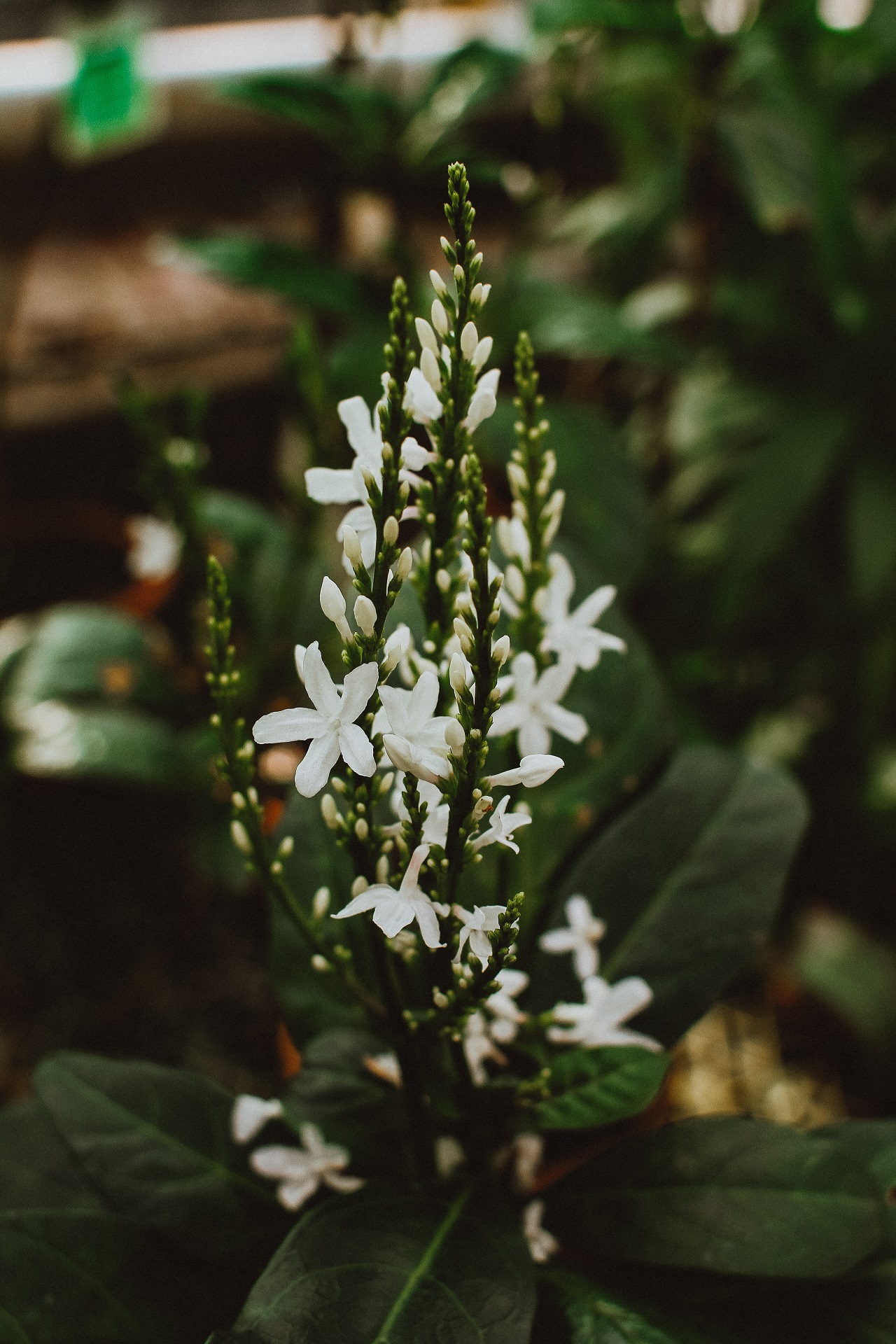Plants of the World

The genus Saraka is distributed in South and Southeast Asia from India to Kalimantan. The most famous species of the genus – Indian saraka – is often cultivated in tropical areas and greenhouses. The leaves are paired-pinnate, with relatively large leaflets. The structure of saraki flowers is interesting – they completely lack a corolla, and its role is played by a large brightly colored calyx, painted in various shades of yellow and orange.
It is believed that the Buddha was born under a tree belonging to the Saraca asoca species.
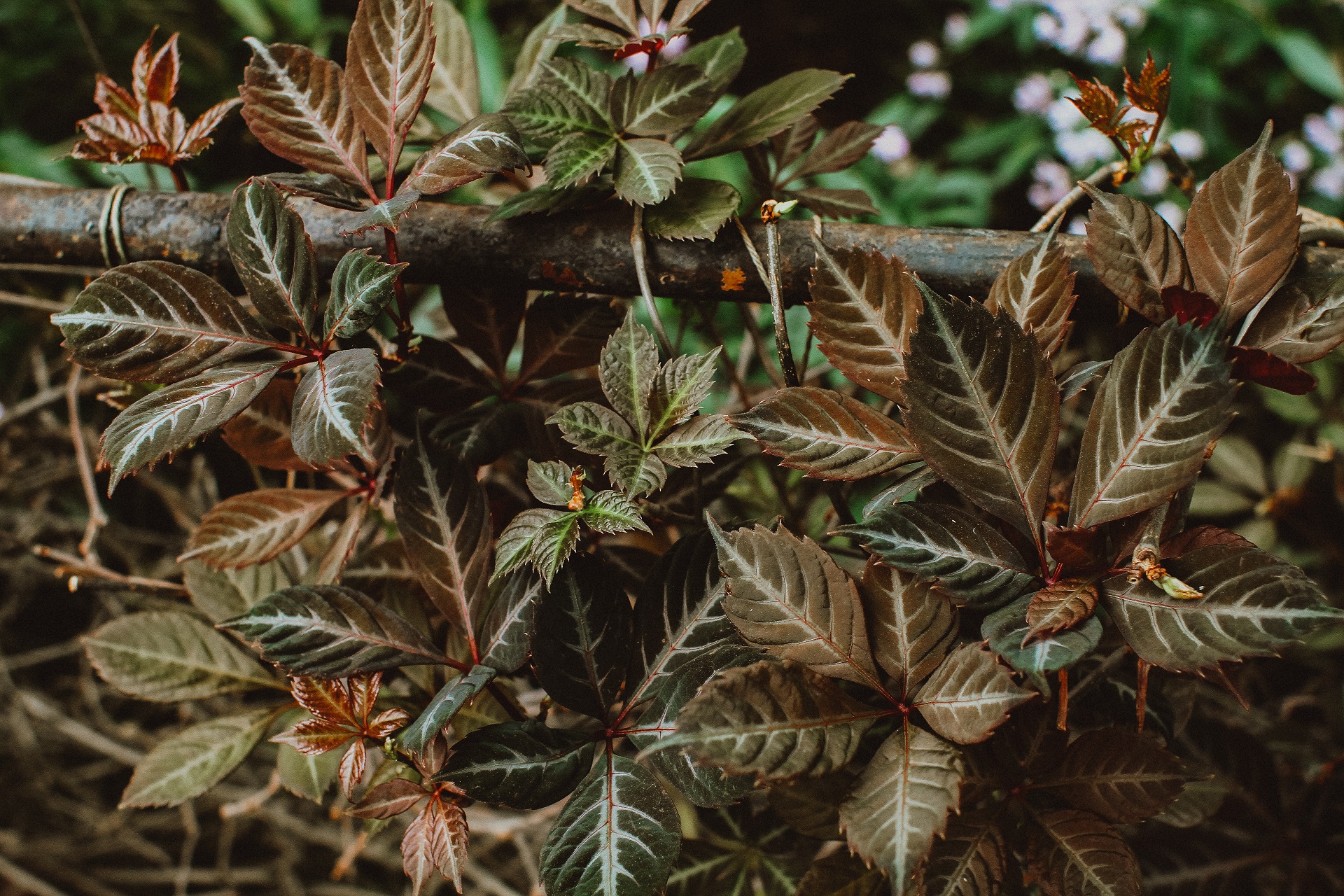

The genus Rhododendron (Rhododendron) unites up to 600 species, including azaleas, which until recently belonged to a separate genus. Azaleas are usually called deciduous varieties and hybrids of the Indian rhododendron species (R. indicum) with small leaves, many small twigs and beautiful inflorescence caps. The rest of the rhododendrons are evergreen shrubs with powerful shoots and large dense leathery leaves of a dark green color.
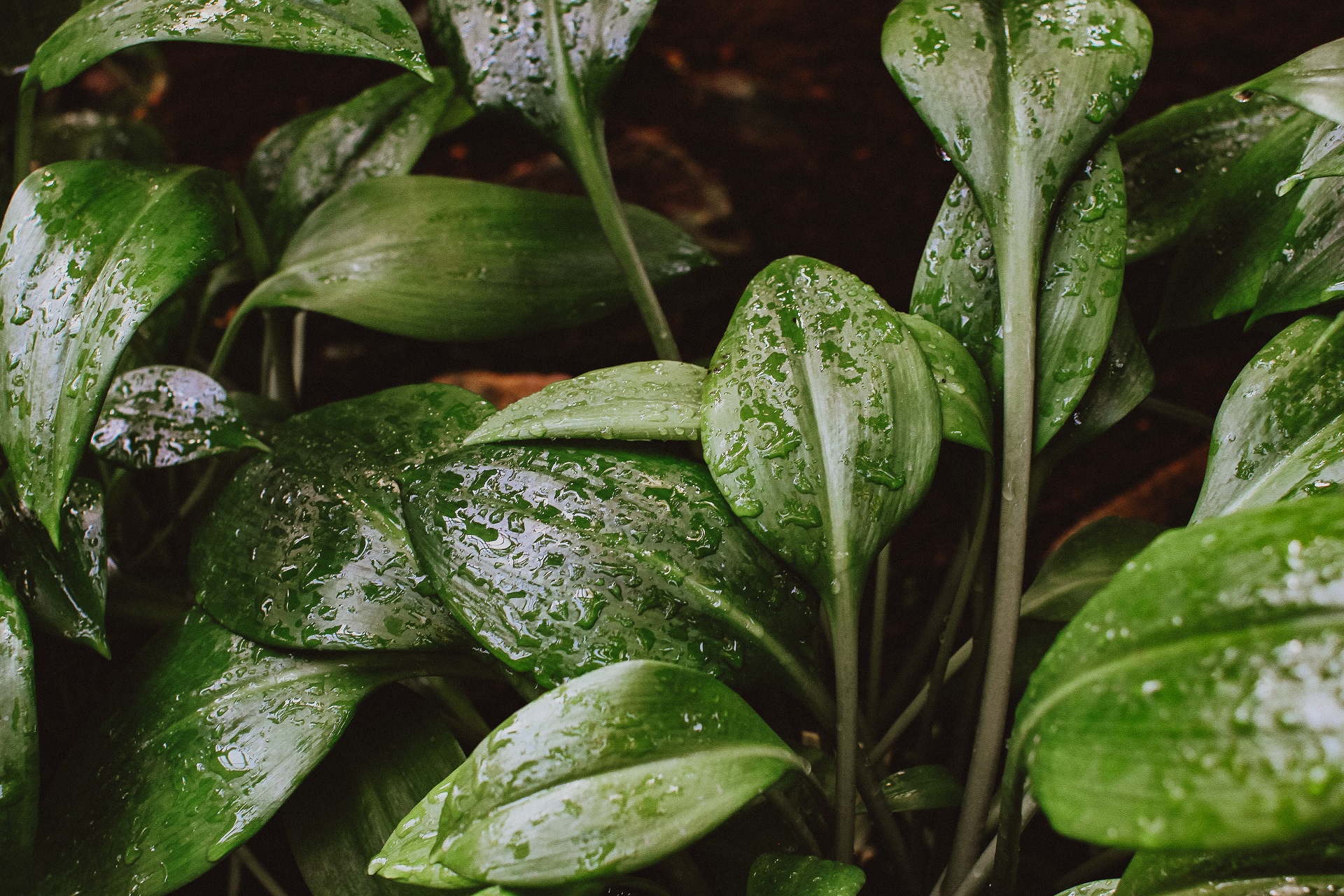
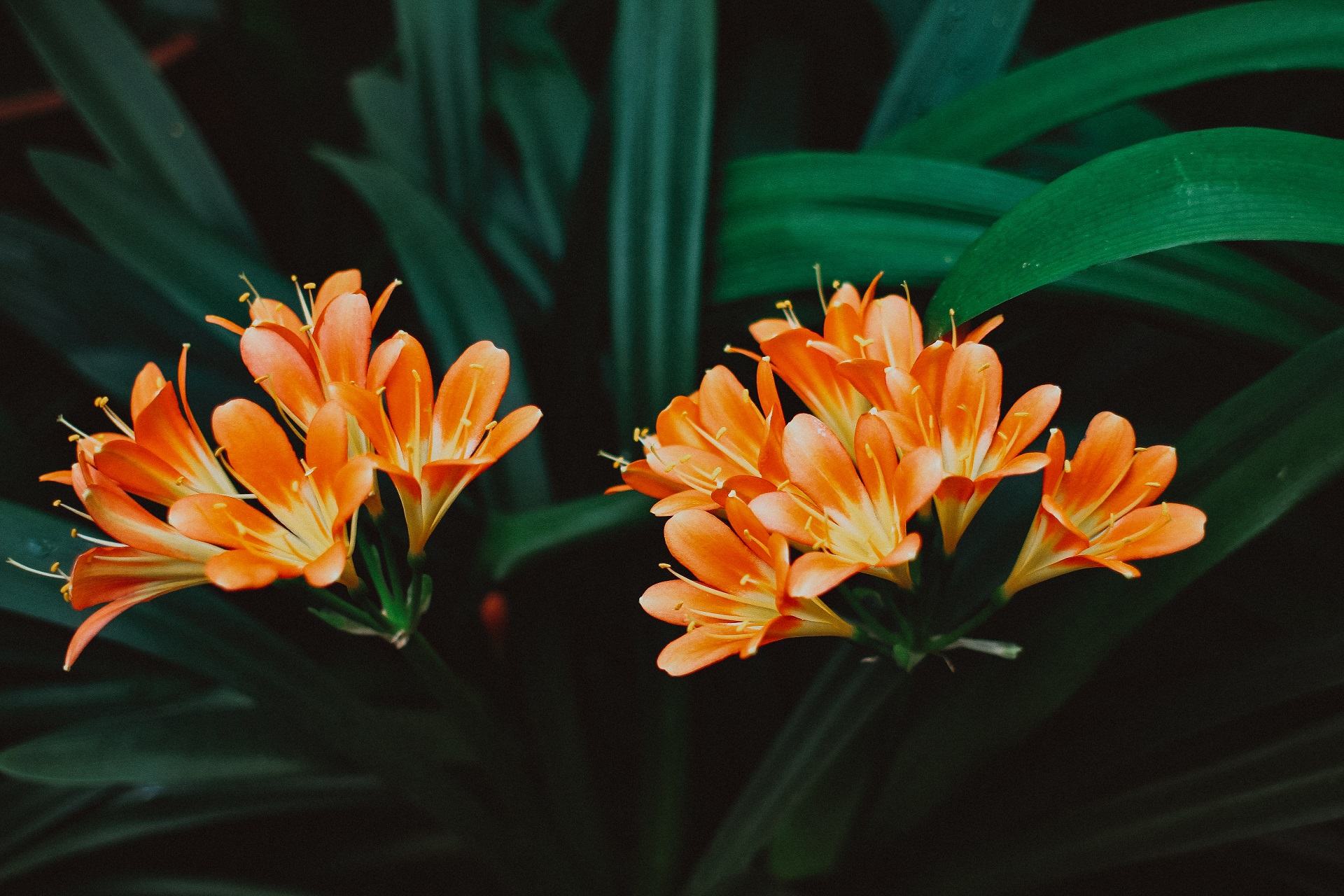
Clivia cinnabar is a perennial herbaceous plant of the genus Clivia of the Amaryllis family. In greenhouse and room culture it is used as a flower and deciduous ornamental pot plant. In the literature it is found under Russian names: orange clivia, or kaffir.
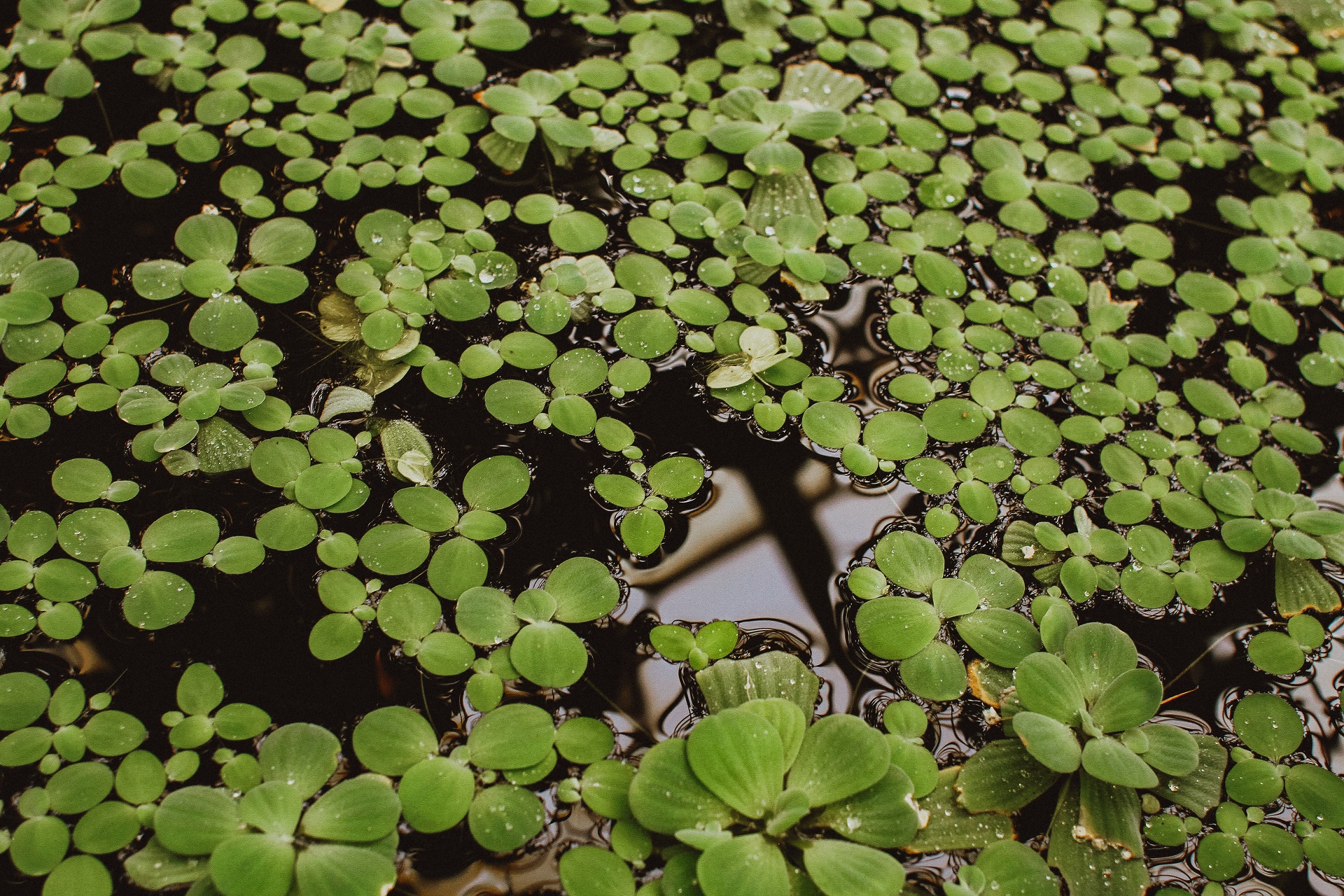
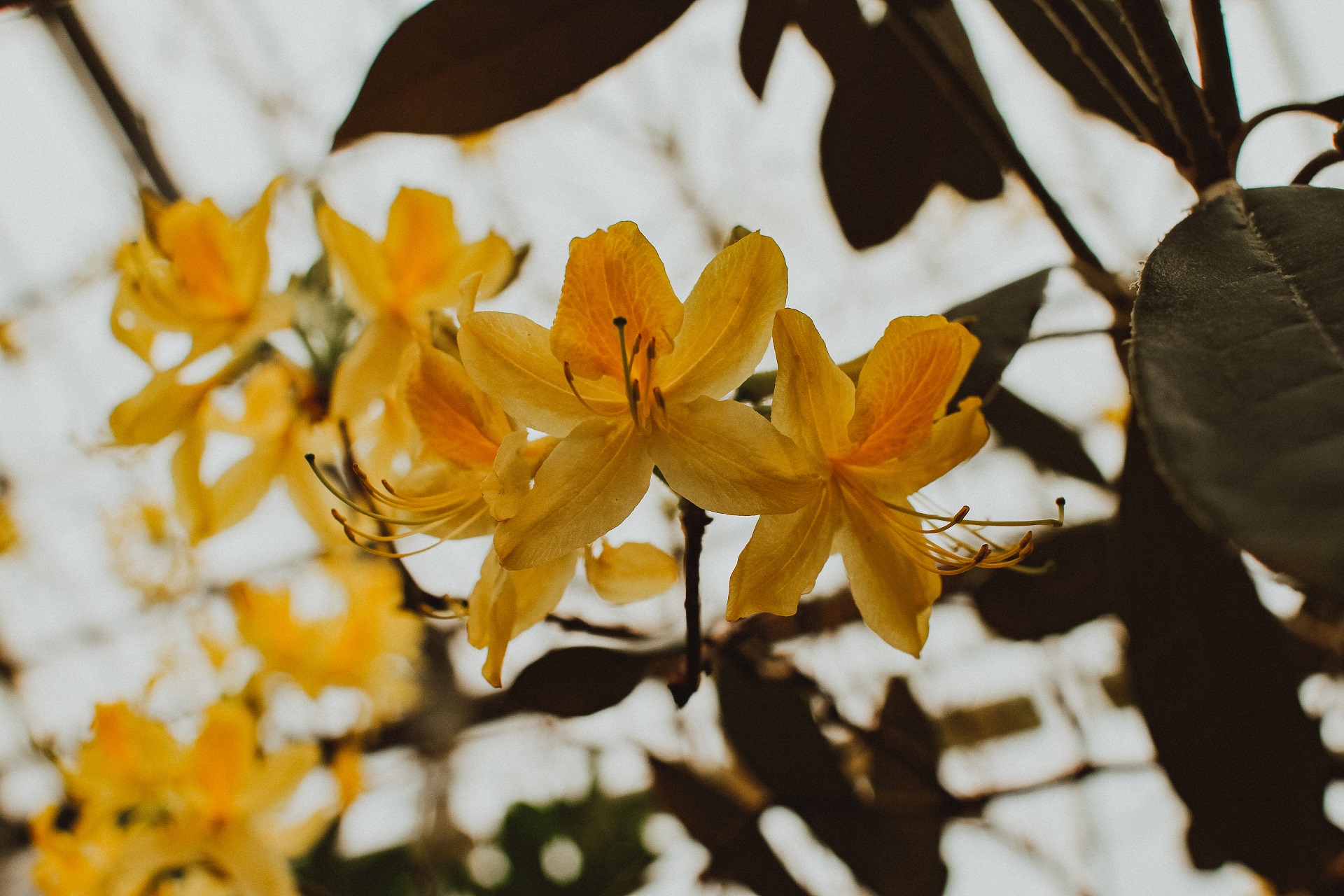
Rhododendron yellow (synonymous with Azalea pontic) was introduced into culture in 1792 in England. This was the beginning of the hybridization of rhododendrons.

Allamanda schottii, commonly known as the allamanda bush, is a shrub of the genus Allamanda in the Apocynaceae family that is native to Brazil. Reaching 2.5 meters in height, it bears large yellow flowers most of the year.

